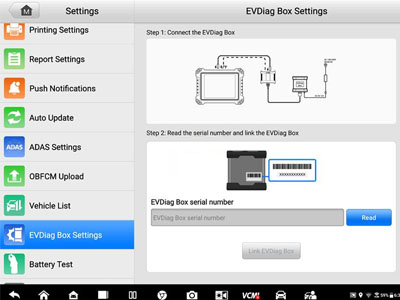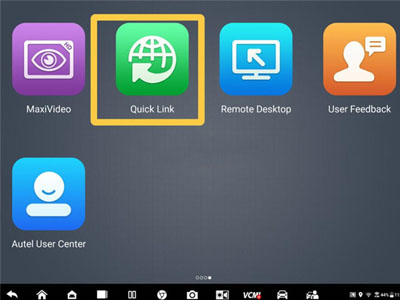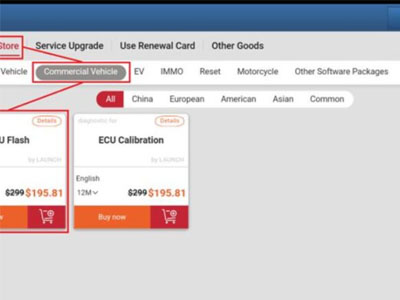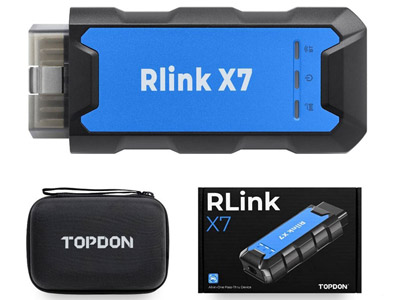OBD-II is a communication protocol for on-board diagnostic systems, which includes five standards: ISO9141-2, ISO14230-4 (KWP2000), SAEJ1850PWM, SAEJ1850PPM, and ISO15765-4 (CAN-BUS). The full name of OBD-II is "onboard diagnostics II", which is the abbreviation for Type II on-board diagnostic system, mainly used to diagnose vehicle emissions and driving related faults. After the implementation of OBD-II, any professional can use the same diagnostic instrument to diagnose any car produced according to standards. Since 1996, all new cars sold in the United States must comply with the OBD-II program regulations, and diagnostic instruments, fault codes, and repair steps must be similar. The OBD-II system can simplify the diagnosis of car faults, eliminating the need for maintenance personnel to specifically learn new systems from different manufacturers. With the opening up of the economy and the development of globalization, the OBD-II system has been increasingly widely used.
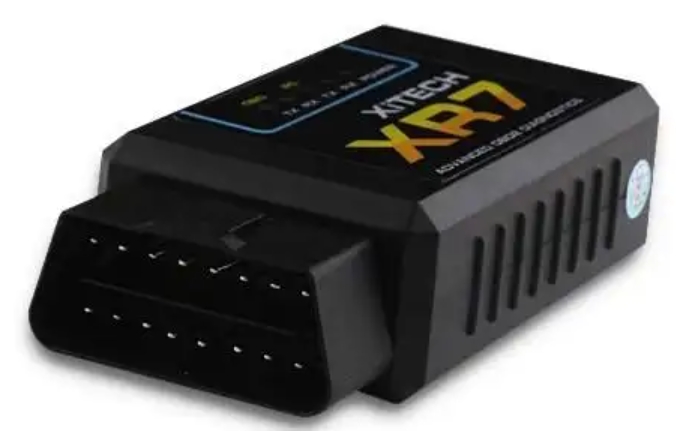
The OBD-II protocol is an important component of automotive electronic control systems, which enables fault diagnosis and reading of fault codes for automobiles. Different car models and manufacturers may use different OBD-II protocols, so the OBD-II protocol also has a certain degree of diversity and complexity. In the OBD-II system, the diagnostic data of the vehicle can be read and cleared through diagnostic instruments, and can also be communicated through the OBD-II protocol to achieve remote monitoring and control of the vehicle. The widespread application of the OBD-II protocol makes automobile maintenance more convenient and efficient, while also improving the safety and reliability of automobiles.
The OBD interface is like a crucial bridge, connecting vehicles closely with the world of technology. It is not a simple plug, but a communication port with deep functionality designed specifically for automotive interior monitoring and diagnostics. By using it, just like an electrical connector, it is easy to gain insights into the heart of a vehicle - the engine, emissions system, and even the overall health of the vehicle - through a computer.
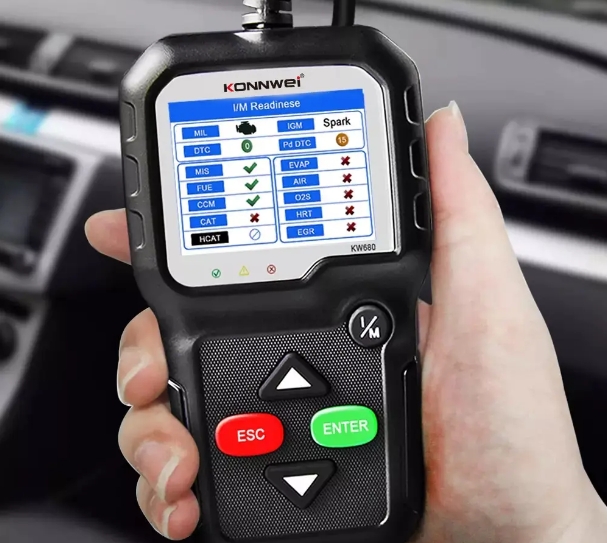
For example, when a vehicle encounters a mysterious fault code, maintenance personnel only need to connect the computer with the OBD interface, and this mysterious code becomes easy to understand, just like a decoder revealing the secrets of the vehicle. In the annual inspection process, the OBD interface is an indispensable partner, ensuring the compliance and safety of various vehicle indicators.
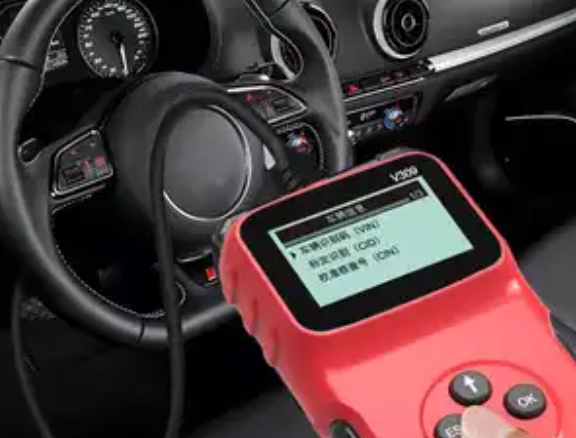
In summary, the OBD interface is not only a physical connection, but also a link for communication between automobiles and modern technology. Its existence makes the maintenance and upgrading of automobiles more intelligent and convenient.

